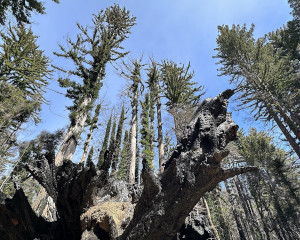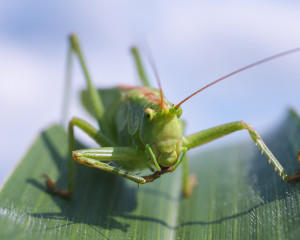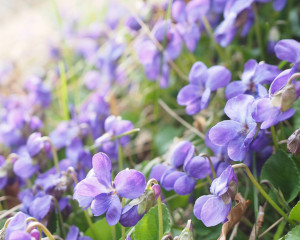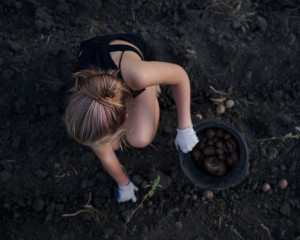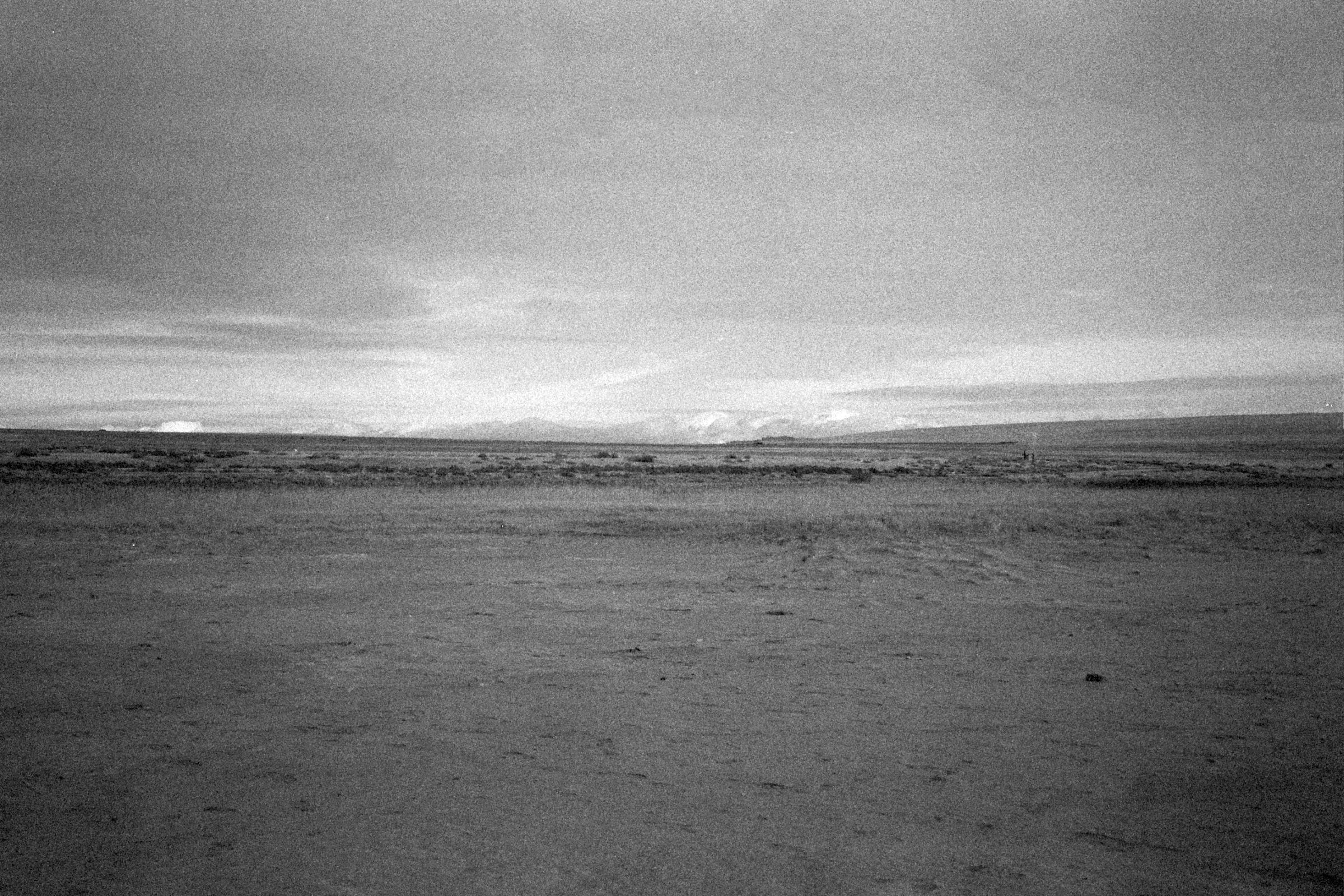
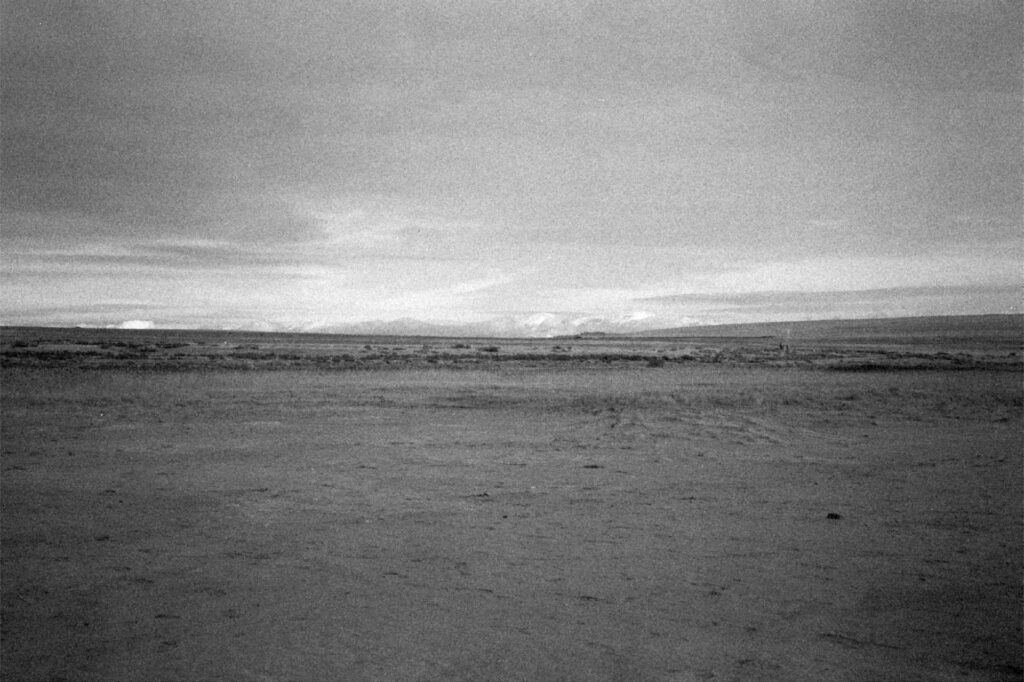
Antelope Island: Is This Seemingly Bleak Environment Nature’s Survival Garden?
Text by Gayil Nalls
Photographs and videos by Fiona Kane
Sign up for our monthly newsletter!
Antelope Island is rich in halophytes and other naturally salt-tolerant plants; however, it is also part of the dying Great Salt Lake ecosystem that could collapse completely within five years according to a report by scientists at Bingham Young University. With sea level rise and natural disasters accelerating, saltwater intrusion is leaving land barren in many parts of the world. While trying to save the lake, shouldn’t we also be preparing for the future by saving the gene pool of natural halophytes this region has produced, and growing and crossbreeding them elsewhere?
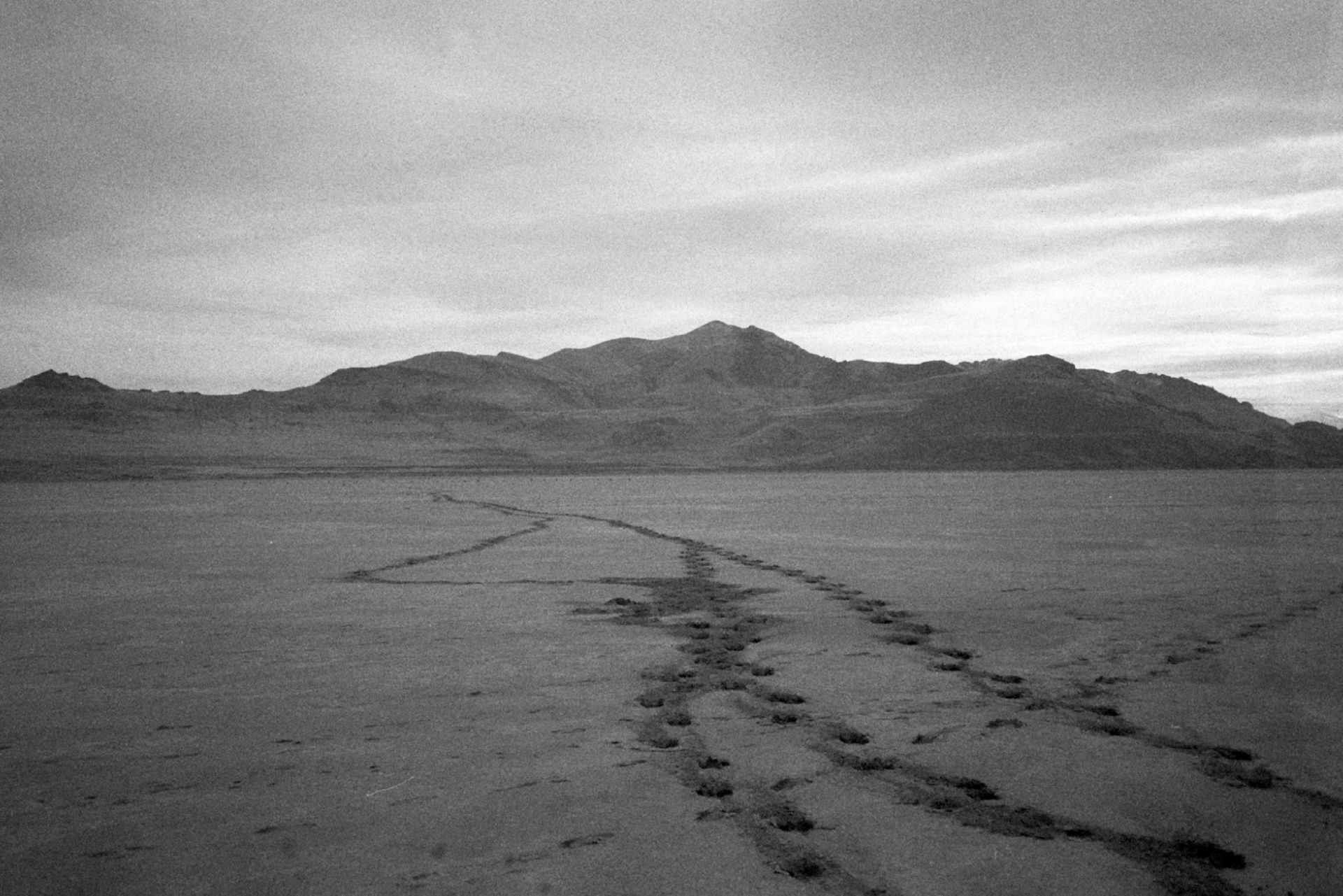
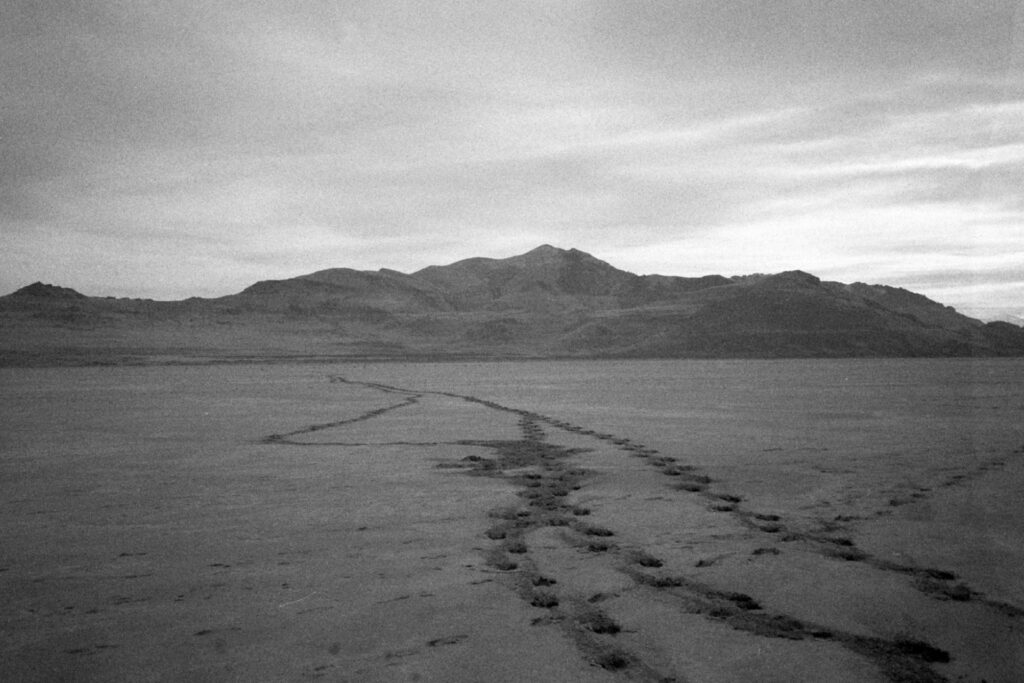
This 28,000-acre island, surrounded by The Great Salt Lake, became Antelope Island State Park in 1981. It’s a desolate beauty, sacred to the regions’ Shoshone, Paiute, Goshute, and Ute Nations, and from its highest point, Frary Peak at 6,596 feet, a gorgeous sunset can be seen. The rocks on the island are some of the oldest in Utah at 1.7-billion-years-old, the same as the rocks at the bottom of the Grand Canyon.
“Being there”, photographer Fiona Kane said,” felt like a land before time, the way it sounded… the whirring silence, the color palette, and the way it smelled like salt and dried shrimp. I’m glad I captured these photos and videos, but to be honest, they pale in comparison to what it is like there, to be in such surreal and liminal place.”
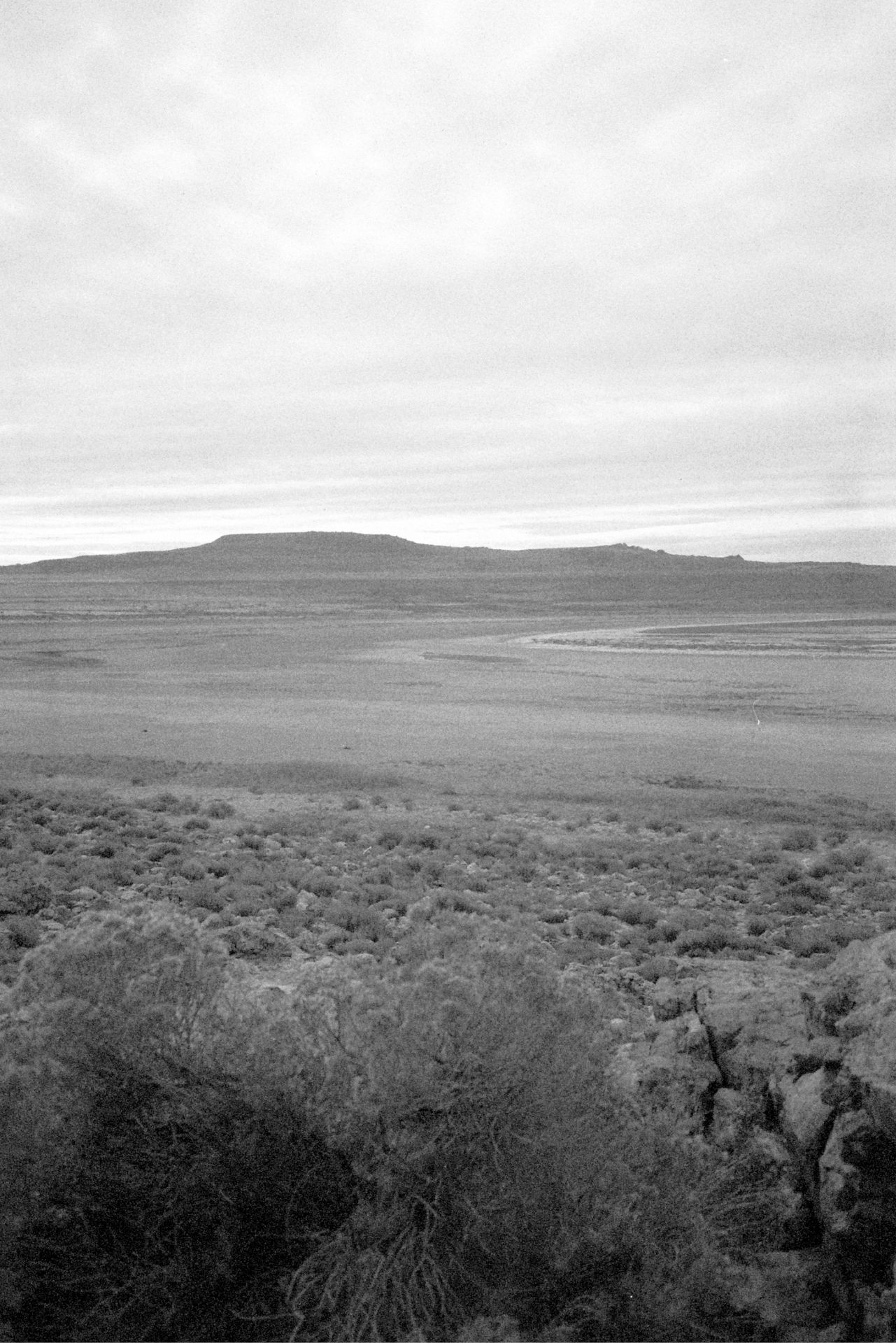
Its namesake Pronghorn antelope are native to Utah and to the island where they roam with mule deer, bighorn sheep, and bison. These free-roaming bison graze across a landscape covered in wild plants such as Sagebrush and are descendants of wild bison that came to the island in 1893. There are also predators that include coyotes, bobcats, owls, hawks, falcons and more. How do they survive?
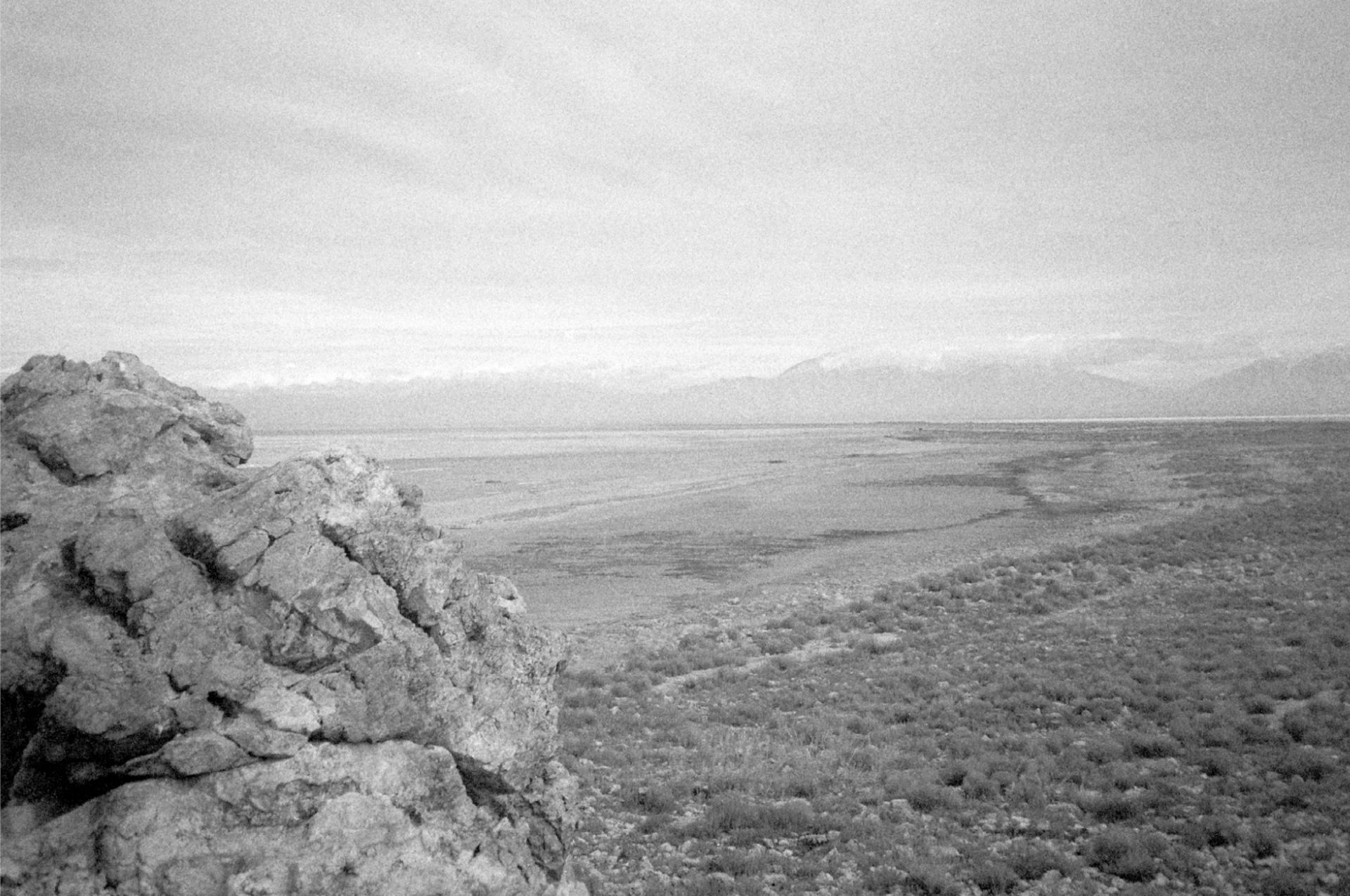
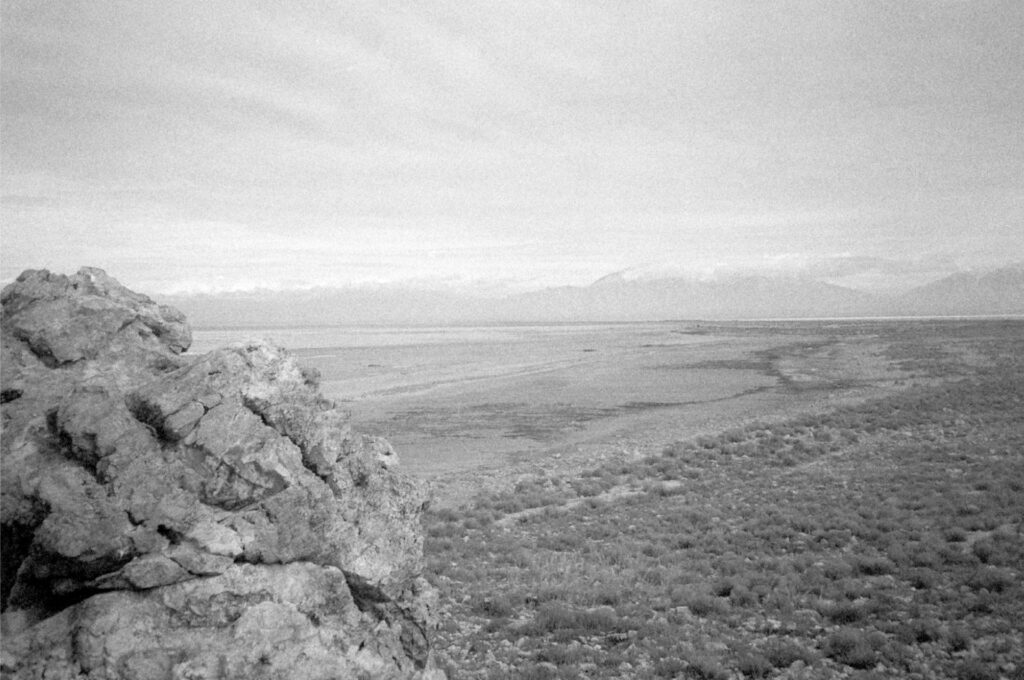
Antelope Island has enough marshes and freshwater springs to support wildlife, but the Great Salt Lake that surrounds it is drying up. The lake is what remains of the prehistoric Lake Bonneville, and is the largest saltwater lake in the western half of the planet. The water is beautiful and clear but the salinity levels have always been so high that only brine shrimp, brine flies, and algae survived. These species make up a unique and invaluable feeding ground, which millions of migrating birds flock to every year. People have come from all over the world to float or swim in the water, so dense it supports their body. The best place to enter the lake’s waters has always been from Antelope Island.
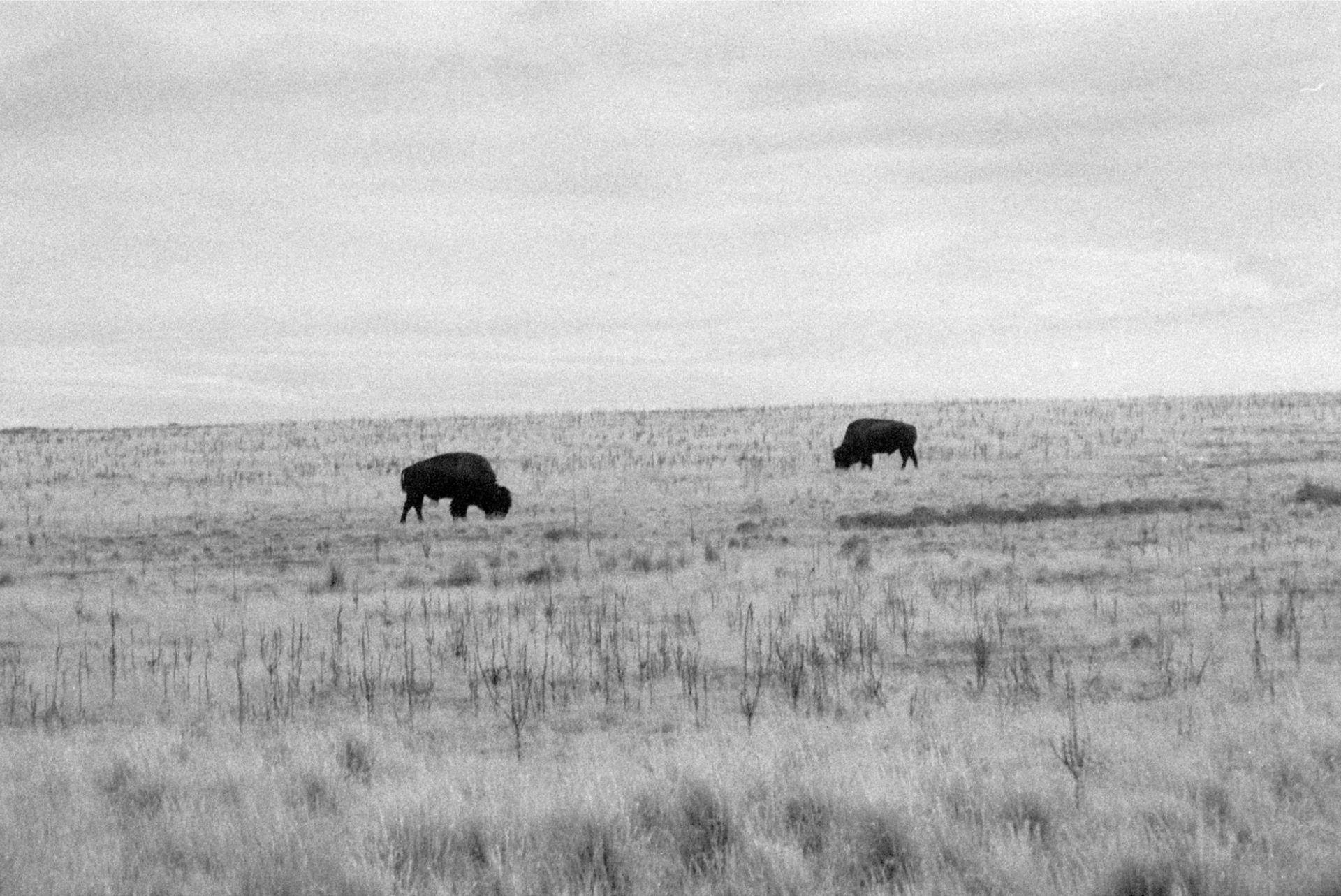
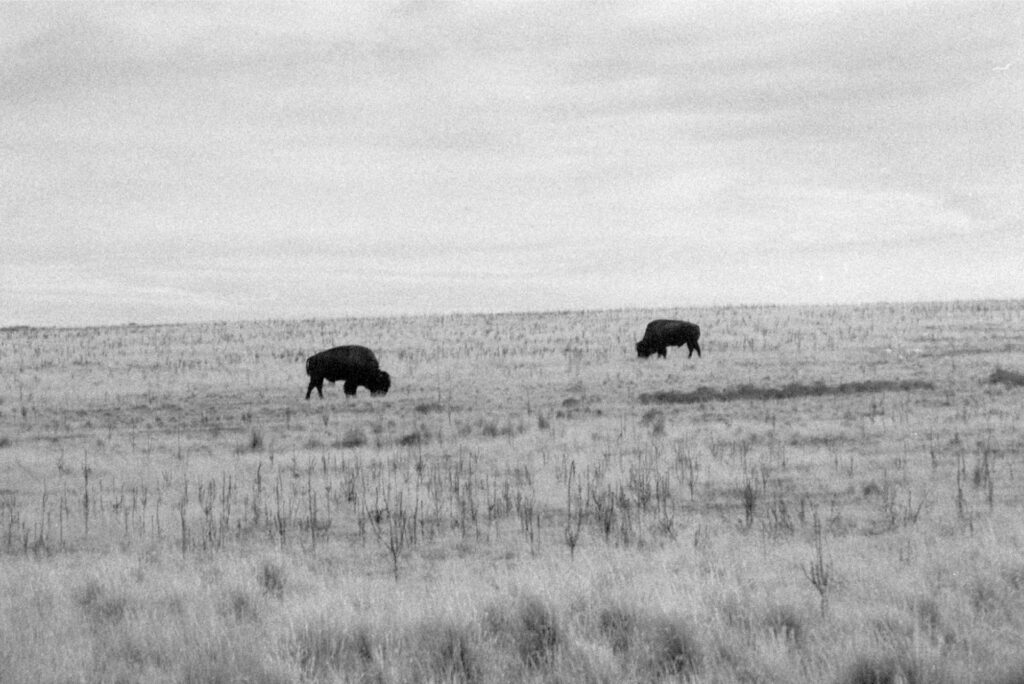
However, the lake is disappearing due to warmer temperatures and megadrought, a direct result of climate change. The condition of the lake is being further worsened by water use issues throughout the state such as the diversion of river water to meet the needs of rapid population growth. Furthermore, the state’s agricultural industry is requiring more water in order to save their crops which are also battling these challenging new weather conditions. An official in-depth assessment of the Great Salt Lake crisis has found that despite the health of the ecosystem and economics of the Lake, with urgent action, it can be restored. This would require strategic and rapid state action and policy changes such as new water use regulations and encouraging residents to use water more efficiently.
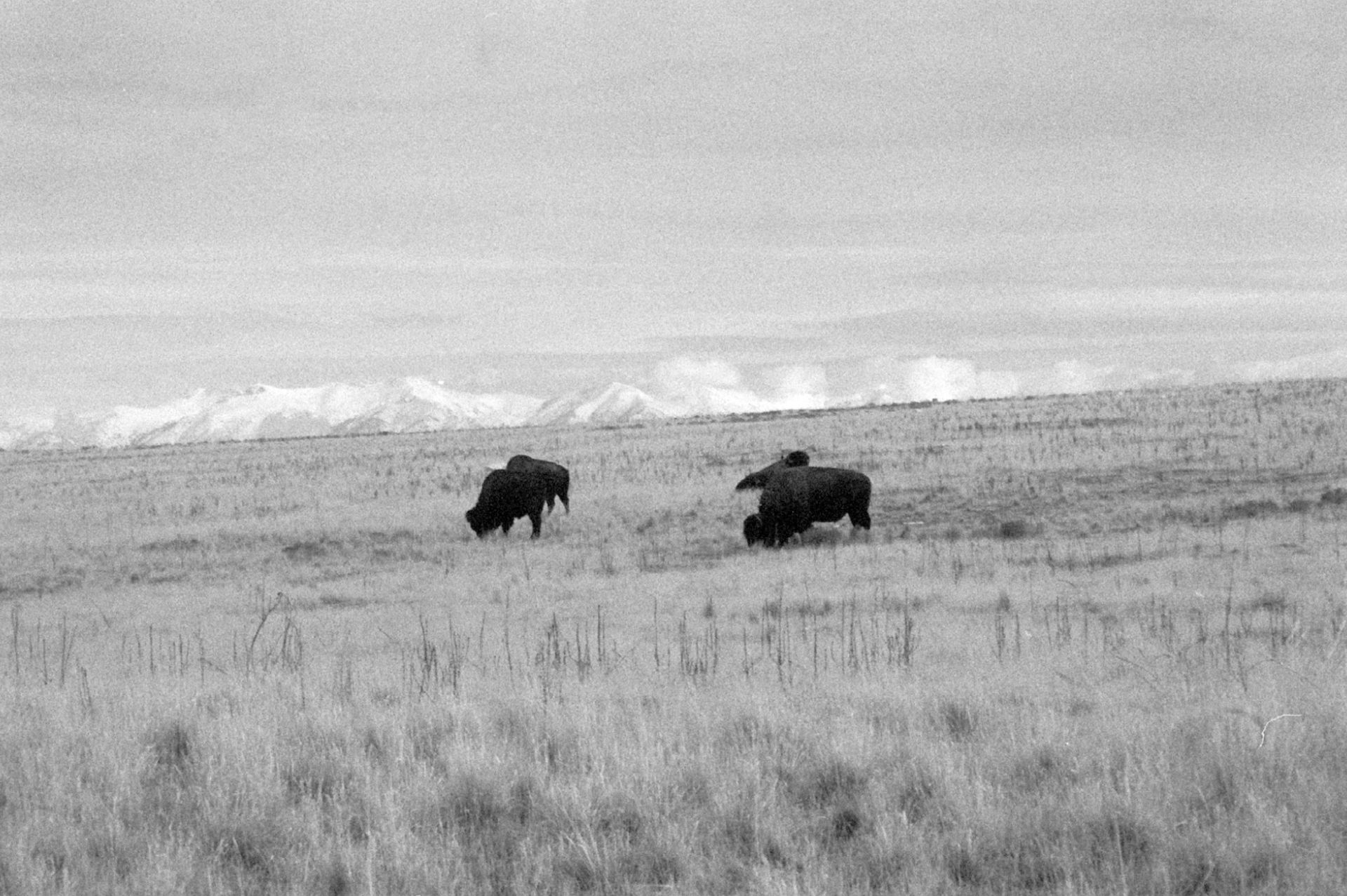
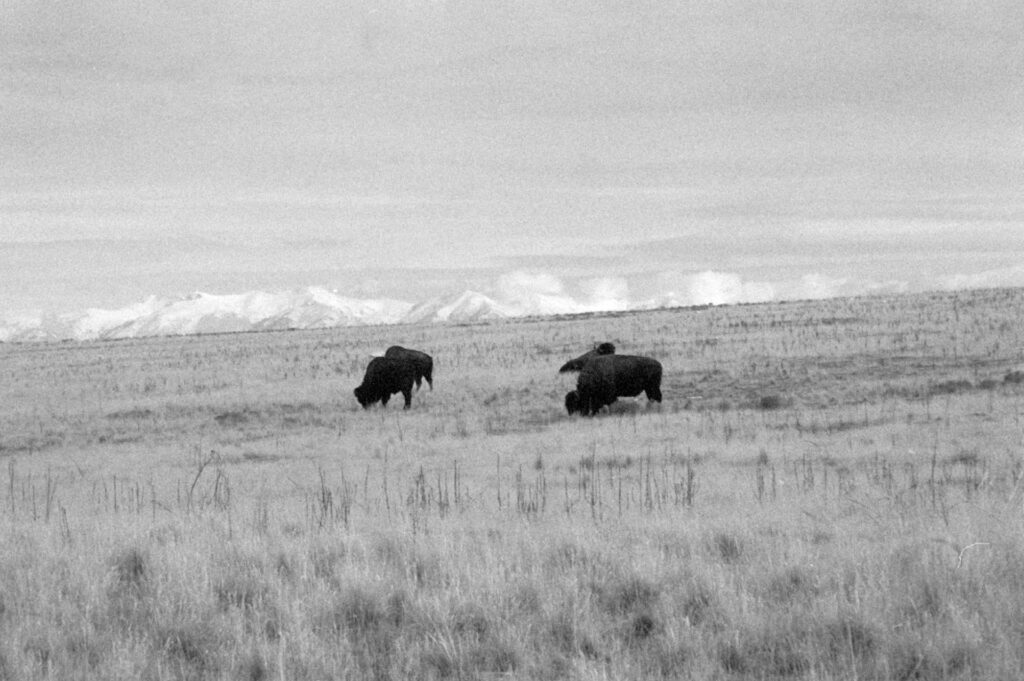
Aggressive restoration of the Lake is needed because of other potentially catastrophic developments. The low water levels result in higher concentrations of salt and minerals, too high for even the algae, plankton, and brine shrimp to survive. As the water evaporates, concentrations of cancer-causing and neurotoxic heavy metals and chemicals such as arsenic, lead and mercury are exposed on the lakebed and travel in the wind as toxic dust pollution. This dust exposure will have serious health implications on residents near and far. If things continue at the current pace the whole greater ecosystem could collapse and the lake could be gone in five years.
There could be further significant effects of the loss of The Great Salt Lake ecosystem that includes Antelope Island itself. In a world where only 2% of plants are halophytes, Antelope Island is a biodiverse vegetative goldmine of naturally salt tolerant plants that could be a survival garden for the future. This is an ecosystem of relatively rare, remarkable, plants that not only survive, but thrive and reproduce in extreme conditions due to their unique genetic make-up. Only a very small number of these plants are being propagated or have been domesticated. As climate change progresses and sea levels rise, saltwater infiltrates inland along coastal regions around the globe and makes coastline aquifers vulnerable. These halophyte plants might be the solution or contain a genetic solution for these changing landscapes; their genetic capacity can be utilized to adapt other plants and food crops. Even though saltwater agriculture has been studied by universities and some pilot projects, the threat to these plants in The Great Salt Lake will hopefully encourage more serious development in this field, and lead to safe ways for scaled commercialization and genomic research to grow crops in saline soil.
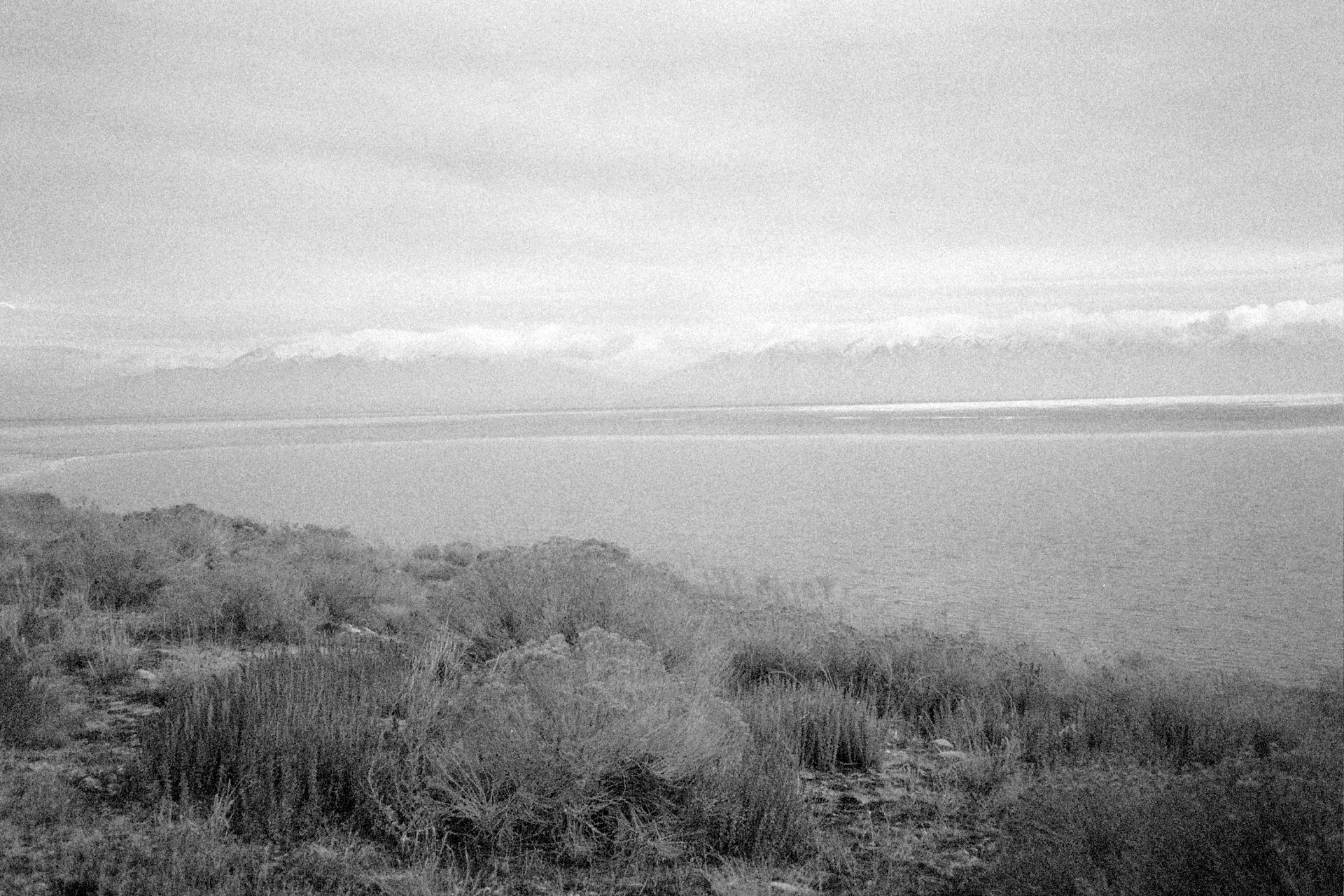
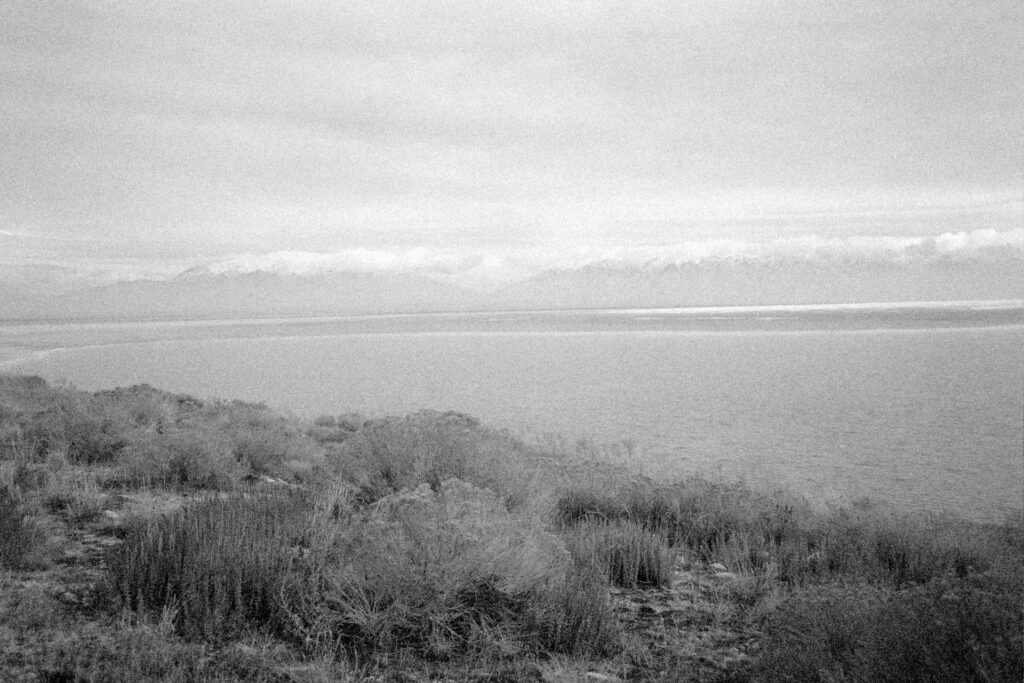
These ecologically valuable but underused plants are already being conserved as they are protected by the State Park Service, but they haven’t all been identified, and it is not known to what degree they have salinity tolerance. Given that the salinity level is increasing, and that there is a realistic threat of ecosystem collapse, this raises the question: are the current conservation efforts to maintain the plants in their natural surroundings enough to save these species and their distinctive properties, especially now considering how crucial they will be to combating the effects of climate change?
And will we save this natural wonder of the world, the Great Salt Lake?
All the plants in the list below can be found on Antelope Island and have extraordinary qualities of tolerating, even thriving within high saline environments. Many of them provide nutrition for the range of animals and birds that have made Antelope Island their home and could do so elsewhere. This is a partial list that documents some of these key plants.
Cheatgrass (Bromus tectorum) is a winter annual native to Europe, southwest Asia and southwest and northern Africa but has become invasive in the United States
Cleome (Cleome serrulate) is a self-seeding bee plant, drought tolerant, annual herb that grows in a variety of inhospitable environments including ones that are high saline. It attracts and feeds pollinators, and hummingbirds.
Common Orache (Atriplex patula) is a long-stem annual herb. It’s young leaves and new shoots have been used as a vegetable. It accumulates salt from the environment lowering salt content in around them.
Gambel oak – The species flourishes in alkaline soil in sunny areas where competition from other plant species is limited. It also does well in richer soils, but in those areas, it is forced to compete for growing room. It is well-adapted to locations where wet springs and hot, dry summers create conditions conductive to wildfires.
Greasewood (Sarcobatus vermiculatus) a woody perennial shrub well adapted to saline soils semiarid regions.
Iodine Bush (Allenrolfea occidentalis) a low-lying halophyte shrub native to the Southwest United States. Grow in salty sand and alkaline soils and saline dry lakebeds. The unusual fleshy stems that look like small, attached segments. The plant has been used as food in North America since before recorded history.
Juniper (genus Juniperus), aromatic evergreen trees and scrubs – They are very tolerant of dry, clay soils and many varieties will grow in sand. Some types, such as Sargent Juniper and Shore Juniper have shown good salt tolerance.
Kockia (Kochia scoparia) is a summer annual herb that grows in saline soils. A great plant for coastal soil erosion control.
Red Saltwort (Salicornia rubra)is a species of flowering plant typically found in salt marshes and salt flats. It has succulent, apparently leafless stems, and branches, producing a skeleton-like appearance. It is unrivaled in tolerance for saline conditions in North America.
Sagebrush (Artemisia tridentata) is a flowering shrub resilient to climate extremes. Native to Western America it provides habitat to a wide range of plants and animals including grouse and pronghorn. It helps maintain water. Highly aromatic, it releases compounds such as coumarins that deters insects and attract grazing animals.
Saltgrass (Distichlis spicata) is a hardy perennial grass of the Americas with rhizomes that that grows and spreads easily in salty and alkaline soil.
Shadscale or Spiny Saltbush (Atriplex confertifolia) is an evergreen shrub native to the western United States that likes sandy alkaline is moderately saline tolerant. Its leaves and fruit are eaten by native herbivores and livestock.
Utah Swampfire (Sarcocornia utahensis) is usually found in a desert habitat with alkaline or saline soils, growing in low matted areas of woody stem bases anchored to the substrate.
White Goosefoot (Chenopodium album) fast-growing wild nutritional vegetable with important medical value.
Fiona Kane is a filmmaker, artist and conservationist located in New York and Los Angeles.
Gayil Nalls, PhD, is the founder and director of World Sensorium/Conservancy and editor of Plantings.
Sources
Emergency measures needed to rescue Great Salt Lake from ongoing collapse.
A synthesized document for 2023 General Legislative Session. February 8, 2023
Antelope Island State Park Official Website
With thanks to Jeremy Shaw, Park Manager and Steven Bates, Wildlife Biologist Antelope Island State Park , Utah Department of Natural Resources Division of State Parks

As Ireland transitions from the rich, smoky scent of peat-burning to a more sustainable future, its olfactory heritage is evolving. What will become the next iconic aromatic symbol of Ireland?
Click to watch the documentary trailer.
Plantings
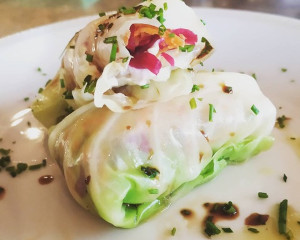
Eat More Plants Recipes:
Cabbage Roll with Cannellini Bean Hummus
By Sabina Cobbe



